JSA + DMZ FULL-DAY TOUR (II)
-
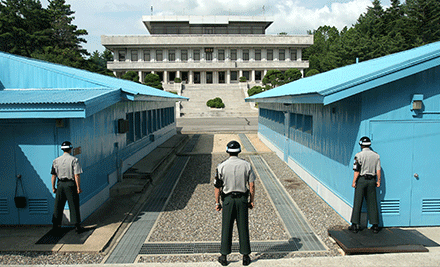
- ATTENTION!
- Since the available tour date for JSA Tour is not only very limited but also unpredictable for the month of OCTOBER, NOVEMBER and DECEMBER, therefore we would like to ask the Customer who wants to book this JSA Tour to confirm the booking availability on your expected tour date through our Bulletin Board before you make the online reservation.
- Please click "Q&A" to confirm it.
- Thank you for your kind attention!
-
- Price
- 135,000 KRW / Person
- Minimun Pax
- 1 Person
- Time
- Daily 08:00am ~ 17:00pm
- Inclusion
- Transportation, English-speaking Tour Guide, Admission Fees, Hotel Pick-up Service, Lunch, VAT.
- Exclusion
- Hotel Drop-off Service, Personal Expenses.
- ※ No JSA Tours on Saturday, Sunday, Monday & Holidays.
Tour Course
-
- Hotel
- Imjingak Park
- Unification Village
- DMZ Theater & Exhibition Hall
- The 3rd Infiltration Tunnel
- Dora Observatory
- Dorasan Station
- Lunch (Bibimbap)
- The Unification Bridge
- ID Check Point
- Camp Bonifas (Slideshow & Briefing)
- JSA (Joint Security Area) Tour (Freedom House, Conference Room, UN Guard Post 3, Bridge of No Return)
- Amethyst or Ginseng Center
- Drop-off at Lotte Hotel or Itaewon Area. ※The Drop-off Place is different each day, and the specific place will be given to you through Confirmation Letter.
Highlights
-
-
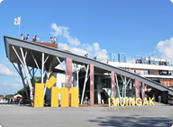
-
- Imjingak Park
-
Imjin-Gak is located about 50 kilometers northwest of Seoul. It is about a 40-minute drive north on Freedom Road (Jayu Ro). Every Lunar New Years Day, there is a joint memorial service to comfort the 10 million South Koreans separated from their families in North Korea. From the Imjin-Gak Observatory, one can get a view of North Korea. The exhibition hall displays actual jet aircraft and tanks from the Korean War.
Imjin-Gak is located near the western end of the front line. The Kyung-Ui Railroad, which will connect South and North Korea when completed, passes through Imjin-Gak Park. Therefore, one may feel the pain of separation while simultaneously feeling the hopes for reconciliation.
- Imjingak Park
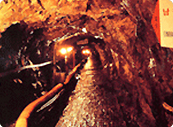
-
- The 3rd Infiltration Tunnel
- Only 44 kilometers or, less than an hour's drive, from Seoul, the third tunnel was discovered in October 1978. Almost identical in structure to Tunnel Ⅱ, the 1.635 kilometer-long tunnel, 1.95 meters high and 2.1 meters wide, penetrates 435 meters south of the Military Demarcation Line at a point only 4 kilometers south of the Truce Village of Panmunjom. It runs through bedrock at a depth of about 73 meters below ground. Capable of moving a full division per hour, plus their weapons, it is evidently designed for a surprise attack on Seoul. Almost identical with Tunnel Ⅱin structure, this tunnel is only 2 kilometers from a key outpost defending the Munsan corridor leaing to Seoul.
- The 3rd Infiltration Tunnel
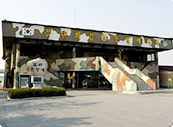
-
- Dora Observatory
- You can view a part of North Korean life from this observation platform, the nearest point to North Korea from South Korea. This 304 sq. ft., 500 capacity observation platform was constructed following the closing of Mt. songak OP. It is located at Mt. Tora in Kunne-myun. Paju-si.
- Dora Observatory
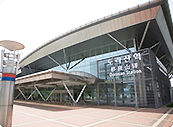
-
- Dorasan Station
- February 20, 2002 visit of president Bush and the international attention to the unfinished ministry of reconciliation of North and South "Dorasan Station" in Paju, Gyeonggi Province. It is located in Military Civilian Control Line and is northernmost station of disconnected inter-Korea Gyeongui Line (South of Civilian Control Line. The next stop is Imjingak Station)
- Dorasan Station
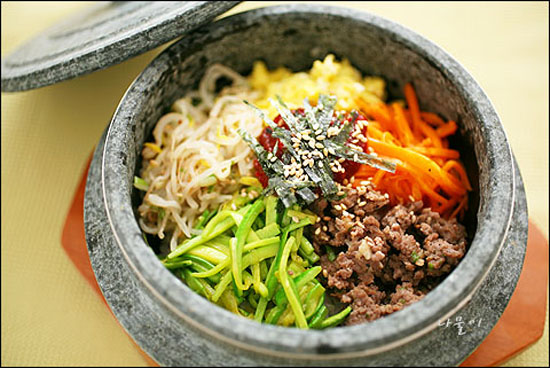
-
- Lunch(Bibimbap)
- Bibimbap is a signature Korean dish. The word literally means "mixed rice". Bibimbap is served as a bowl of warm white rice topped with namul (sautéed and seasoned vegetables) and gochujang (chili pepper paste), soy sauce, or doenjang, a salty soybean paste. A raw or fried egg and sliced meat (usually beef) are common additions. The hot dish is stirred together thoroughly just before eating.
- Lunch(Bibimbap)
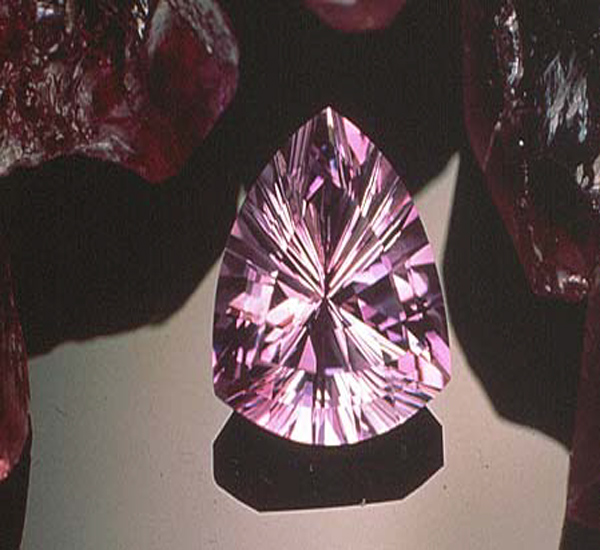
-
- Amethyst or Ginseng Center
-
The colour of Amethyst is as unique as it is seductive, though in fact this gemstone of all gemstones is said to protect its wearer against seduction.
Korean Amethyst is extravagance in violet since it has been formed from granite stone base since 5000 years. Moses described it as a symbol of the Spirit of God in the official robes of the High Priest of the Jews, and the Russian Empress Catherine the Great sent thousands of miners into the Urals to look for it. It was said to protect crops against tempests and locusts, bring good fortune in war and in the hunt, drive out evil spirits and inspire the intellect.
- Amethyst or Ginseng Center
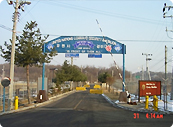
-
- Joint Security Area
-
The Joint Security Area (JSA) is the only portion of the Korean Demilitarized Zone (DMZ) where South and North Korean forces stand face-to-face. The JSA is used by the two Koreas for diplomatic engagements until March 1991, was also the site of military negotiations between North Korea and the United Nations Command (UNC).
The Joint Security Area is located at lying within the village of Panmunjom.
The original village of Panmunjom encompassed a larger area than the current inter-military complex of the JSA, and consisted mostly of farms. Panmunjom no longer exists as an inhabited village as it was destroyed during the war, and all that now remains on the site of the village is the North Korea Peace Museum...
- Joint Security Area
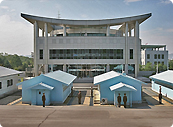
-
- Camp Bonifas
- The UN Command forces have jurisdiction over the Panmunjom that is the only place controlled by them in South Korea. The forces stay in the Camp Bonifas named in honor of the late captain Auther G. Bonifas who was killed in the axe under incident in Panmunjom area on 18th August 1976.
- Camp Bonifas
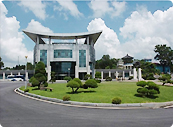
-
- Freedom House
- Current Freedom House was built on our side of JSA-Panmunjom in July, 1998. Freedom House is a four story building topped with transparent roof where 'South and North Contact Office' and 'South and North Red Cross Contact Office' are installed to conduct their duty as a point of contact between South and North. It is also a facility that supports and follows up with various kinds of interchanges, humanitarian support, contact, and conferences between South and North Korea.
- Freedom House
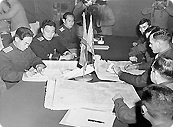
-
- Conference Room
- Take note of the Military Demarcation Line running down the middle of the conference table. Military Armistice Commission Meeting has been held here.
- Conference Room
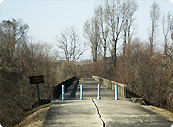
-
- Bridge of No Return
- Bridge of No Return crosses the middle of MDL in JSA and it used to serve as the only entrance into JSA from Gaesong. However, it was never used again by either side since the events of the 'Ax Murder Incident' which occurred on August 18, 1976. Right after the Armistice Agreement was made in 1953, POW exchange was made through the bridge and this was when it was named as Bridge of No Return because once POWs decided which direction they would want to go, then they were never again to be returned to the other side.
- Bridge of No Return
-



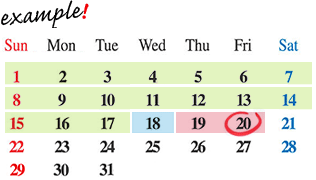

 E-mail
E-mail


























